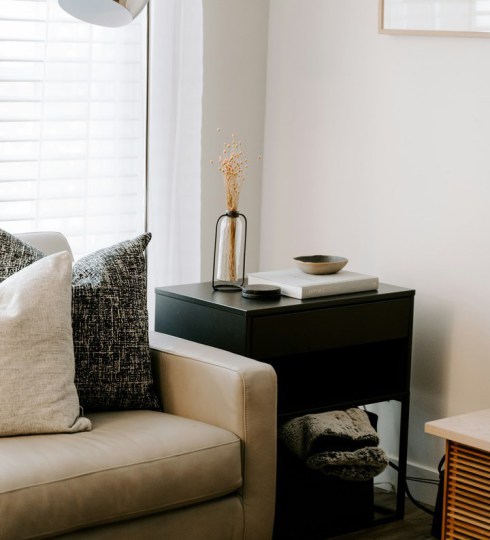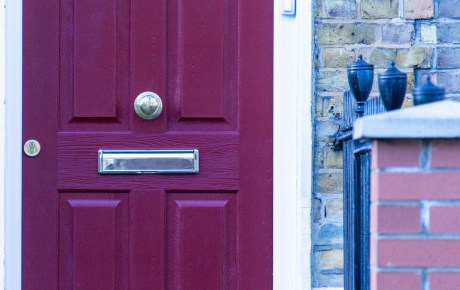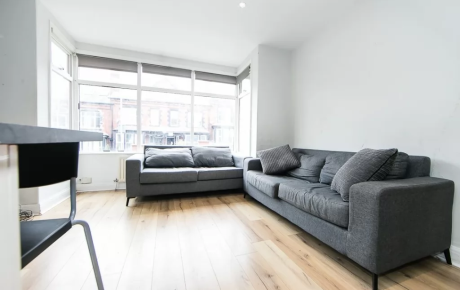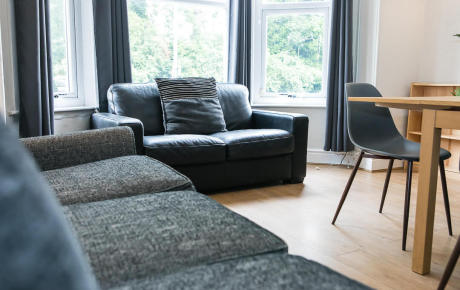How We Unlock Hidden Value
At WalterFrank, we’ve been buying, refurbishing, and managing HMO properties for more than 12 years. From the outside, it might seem easier to buy shiny new houses that are already fully tenanted and bringing in rent from day one. And to be honest, it would be!
So why do we deliberately choose the harder route to take on properties that need work, time, and vision? Because those are the properties with potential. And in property investing, potential is where the real value lies.
What We Do
Our approach is built around finding undervalued properties that aren’t performing as they should. Often, they’re in poor condition or under-rented — sometimes both.
We buy these properties below market value, improve them to a high standard, and then refinance based on the uplifted value. The increased rent and equity allow us to reinvest and repeat the process.
This method, often called Buy, Refurbish, Rent, Refinance (BRRR), isn’t new but we’ve refined it through years of hands-on experience.
Example: The Power of a Refurb
To see how a refurbishment can unlock real value, let’s look at two simple scenarios.
Option 1: The “Ready-to-Go” Property
Purchase price: £500,000
Current rent: £4,000 per month
Yield: Around 9.6% gross
Refinance potential: Minimal — value and rent already at market level.
This type of property offers convenience and immediate rental income, but limited upside. Once it’s bought, your capital is largely locked in, and the only way your return grows is through gradual market appreciation.
Option 2: The “Refurb Project”
Purchase price: £420,000
Refurbishment cost: £60,000
Total investment: £480,000
Post-refurb rent: £5,500 per month
Post-refurb valuation: £575,000
After the refurbishment, the property’s value increases by roughly £95,000, and the monthly rent rises by £1,500. That’s a stronger yield, better cashflow, and — importantly — additional equity that can be released through refinancing.
Types of Renovations
Over the years, we’ve carried out a wide range of improvements — from light refreshes to full-scale extensions. A few examples include:
Decorations and Furniture: New carpets, fresh paint, updated kitchens and bathrooms. These are simple changes that make a big impact.
Adding En-Suites: Privacy matters to tenants, and en-suites remain one of the most requested features.
Reconfiguring Layouts: Adjusting partitions or layouts to create larger, more functional rooms.
Dormers and Loft Conversions: Adding extra lettable space or improving the feel of existing rooms.
Rear Extensions: Creating an additional bedroom or expanding communal living areas.
Every improvement we make is driven by the same goal — creating quality, comfortable homes that tenants are happy to live in.
A Word of Caution
Not every run-down property is a hidden gem. A solid budget, realistic timelines, and good cashflow management are essential.
Builder costs have risen in recent years, and meeting building regulations (especially for insulation and soundproofing) can add significant expense. Always factor these into your numbers.
And some issues, like subsidence, asbestos, or Japanese knotweed, can make a property unviable or difficult to mortgage.
We’ve never bought a property just because it was cheap. We buy because we can see potential value for the next 30 years and beyond.
Final Thoughts
Improving properties isn’t the easy path, but it’s the smart one. By identifying potential, adding value, and creating better homes for tenants, we build a stronger, more sustainable HMO portfolio.
At WalterFrank, that’s what we’ve been doing for over a decade and it’s what we’ll continue to do for many years to come.











